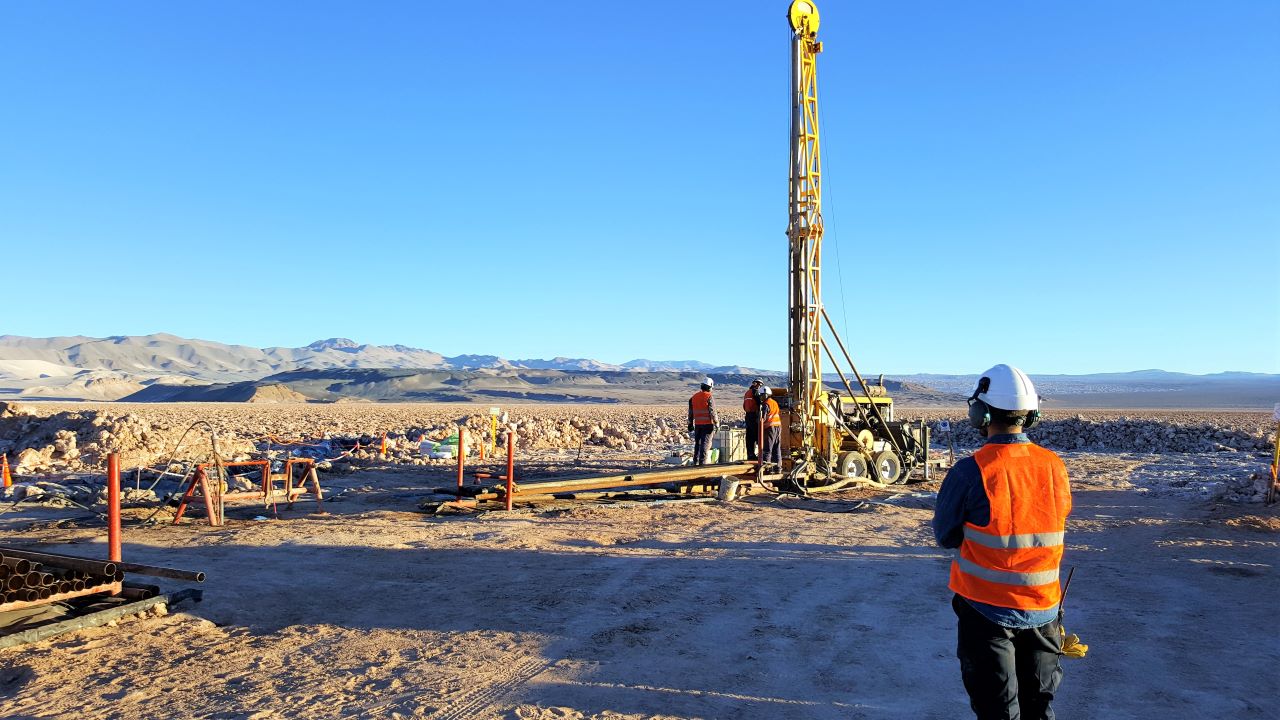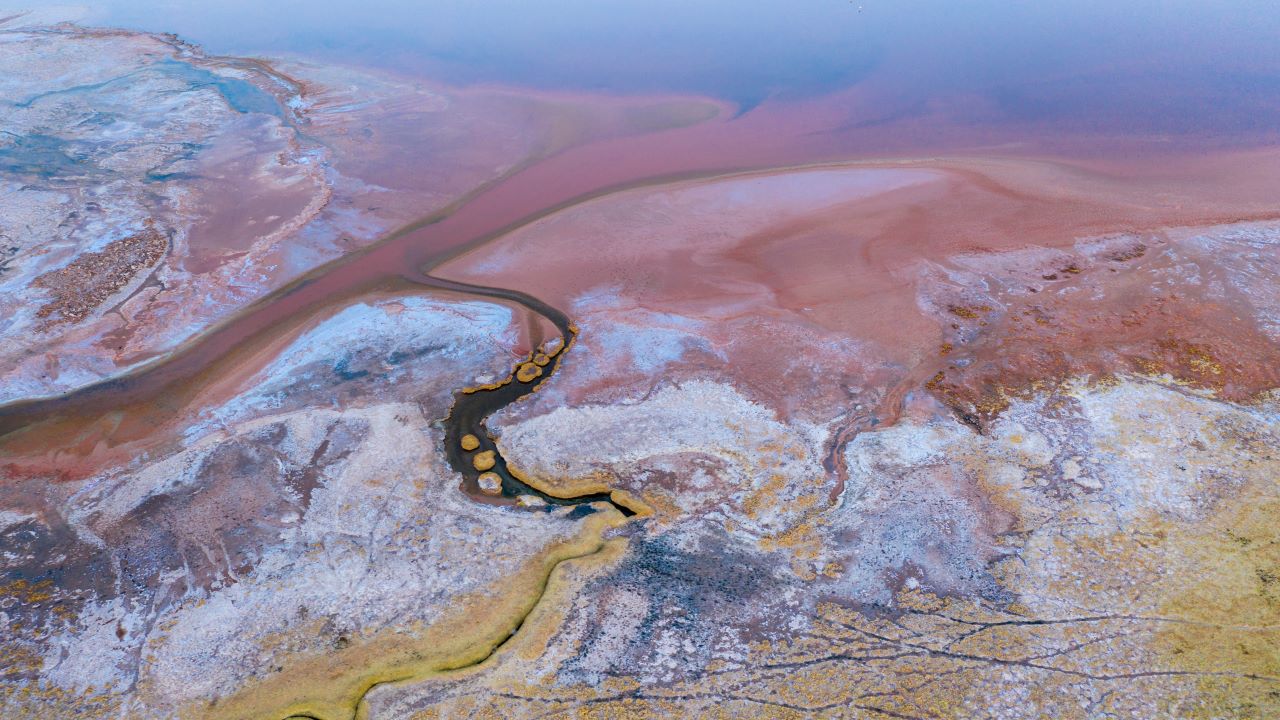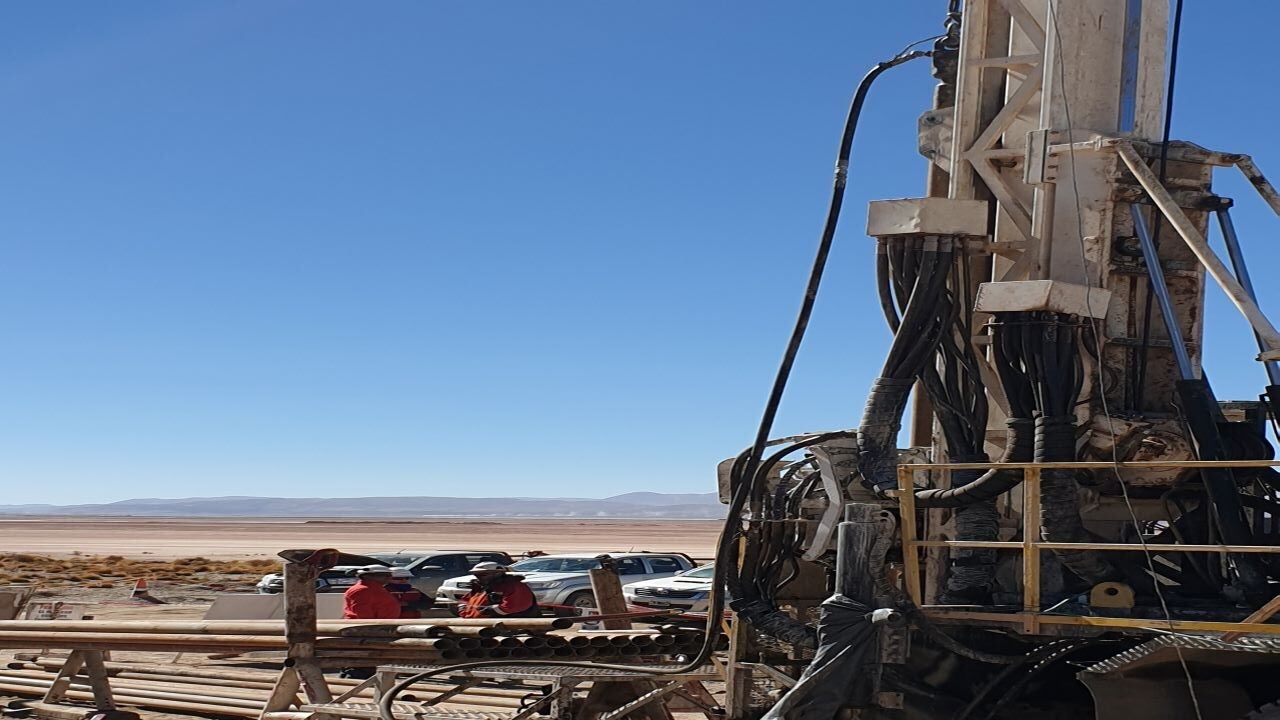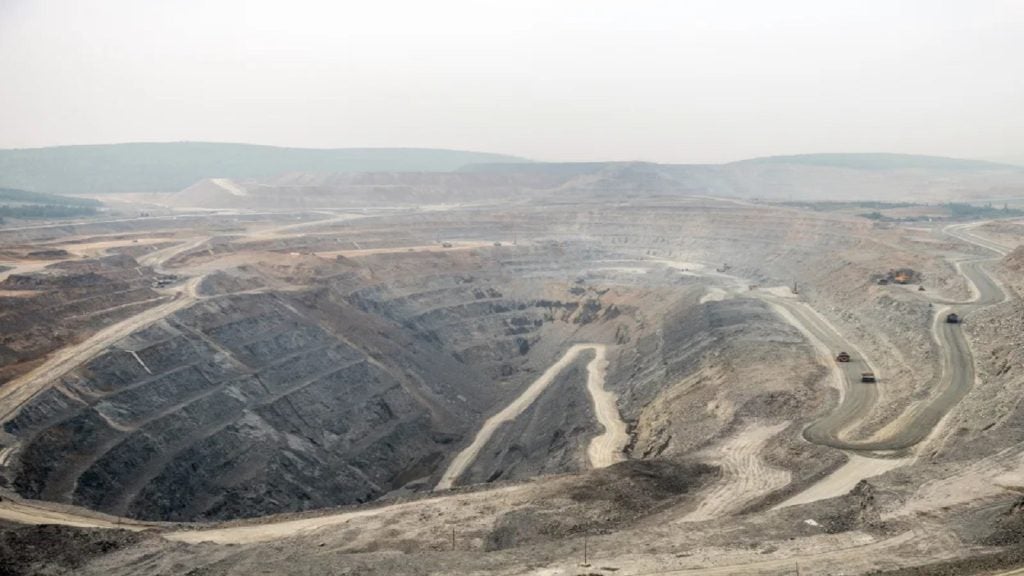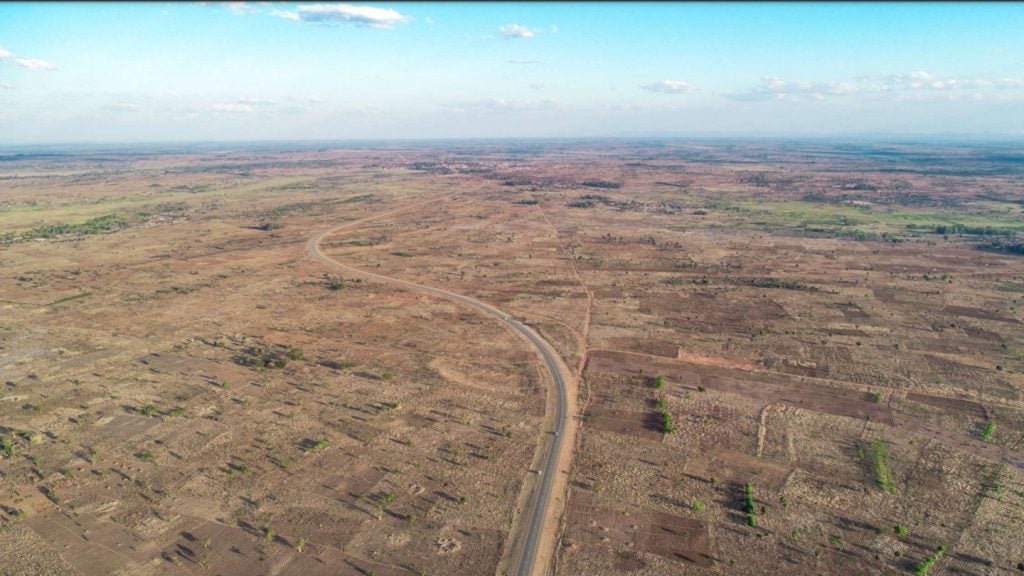The Kachi Lithium Brine Project is a lithium brine extraction development at the southern end of the Lithium Triangle of the Salar de Carachi Pampa in Argentina.
Lake Resources, the 100% owner of the operation, unveiled a pre-feasibility study for the project in April 2020 while a definitive feasibility study was commenced in January 2021. The lithium brine project is estimated to require a capital investment of approximately $544m for a project life of 25 years.
A pilot plant module for the mining project was commissioned in June 2020. Samples of the brine from Kachi were processed in the pilot plant, which produced high-purity lithium chloride eluate. Further processing into lithium carbonate established the possibility of producing 99.97% lithium carbonate with low impurities from Kachi brines.
Lake Resources released an updated PFS, based on revised lithium price estimates, in March 2021. The revision increased the project value (NPV) by 110% from $748m to $1.6bn. A potential expansion of lithium production from Kachi is also being assessed.
Kachi lithium brine project location and geology
The Kachi lithium brine project is located in the Salar de Carachi Pampa, which is part of the endorheic Carachi Pampa basin in Argentina’s La Puna region. The project site is approximately 22km west of the town of El Penon and 45km south of Antofagasta de la Sierra. The project encompasses 37 mineral exploration leases over an area of approximately 70,000ha.
The Salar de Carachi Pampa drains the lithium-bearing volcanic rocks of Cerro Galan volcano and associated hot springs. The known sediments within the Carachi Pampa Salt Lake are associated with salt/halite, clay, sand and silt horizons. Brines hosted within sedimentary units are formed by solar concentration, combined with warm geothermal fluids.
Kachi mineralisation and reserves
Mineralisation at the Kachi Lithium Brine Project remains open at depth and laterally. The brine mineralisation has low impurities with a magnesium/lithium (Mg/Li) ratio of 3.8 to 4.6, and an average drainable porosity of 8%. Lake Resources completed 15 drill holes, drilling 3,150m up to 400m-deep into the Salt Lake.
The explored area is hosted in a 700m-880m deep fault-bounded north-west orientated depression filled with brine saturated sands. The 175km² exploration area is interbedded with silt and clay, capped by a salt crust and small lake.
The indicated mineral resource at the Kachi Lithium Brine Project is estimated at 1.01 million tonnes (Mt) of lithium carbonate equivalent (LCE) grading 290mg/l of lithium (Li), as of April 2020, which is 22% of the current total resource planned for production.
Mining and processing methods at Kachi Lithium Brine Project
Lake Resources plans to use a network of wells to recover brine from the Kachi lithium brine project. Brine is planned to be extracted through pumping and no mining will be involved. The project is expected to have a production rate of up to 23 million cubic metres a year of brine extracted at 250g/l lithium, with an overall plant recovery of 83.2%. Brine will be extracted from the salar and piped to a brine storage pond prior to lithium extraction.
The suspended solids from the brine will be removed by filtering, and then the brine will be processed in the direct extraction plant. The lithium extraction plant will recover and concentrate lithium to an eluate stream using the ion exchange method. The eluate from the process plant will undergo further concentration and purification by reverse osmosis before being introduced into a conventional lithium carbonate plant.
The purified concentrated eluate will be treated with sodium carbonate, which will be added in stages, to produce a solid precipitate of lithium carbonate that will be separated by filtration. The purified lithium chloride concentrate will react with sodium carbonate in the lithium carbonate plant to produce the final lithium carbonate.
The lithium-depleted brine from the processing plant will be free from contaminants. It will be reinjected back to the lake to maintain the water balance while also protecting the environment at the salar.
Contractors involved
Lilac Solutions was engaged to provide design and engineering of the pilot plant for the project in November 2018.
Hatch received a contract to act as the lead consultant for the DFS while research and development company Hazen Research was engaged to conduct test work to demonstrate the potential of the project to deliver high-purity battery-grade products.

